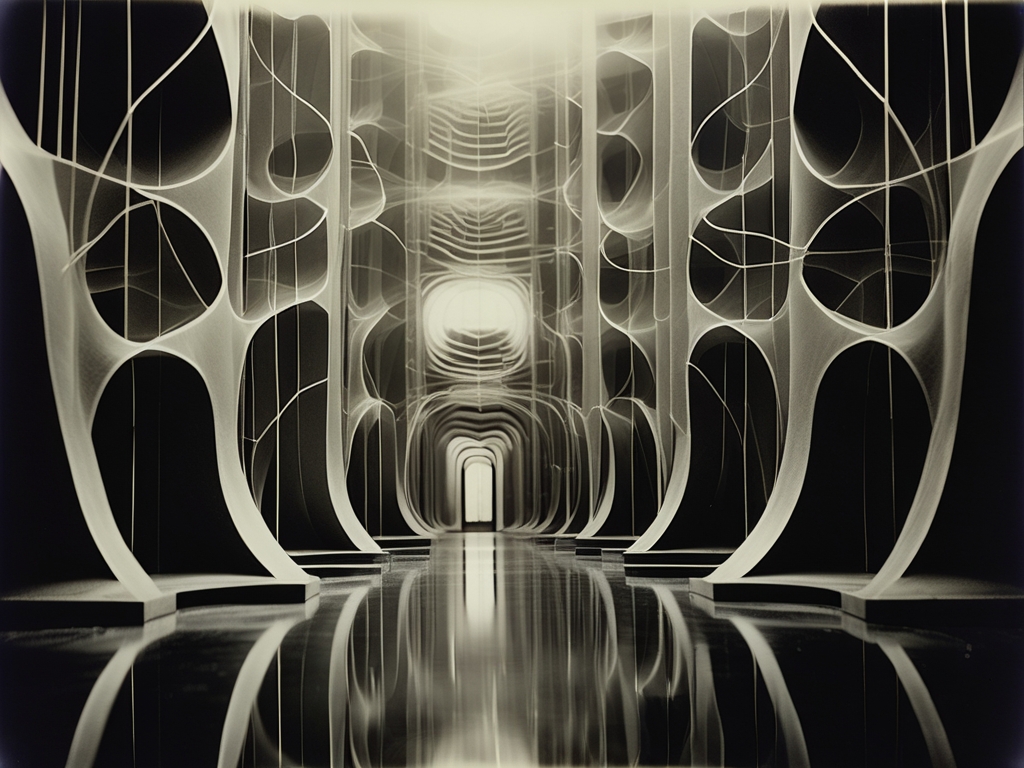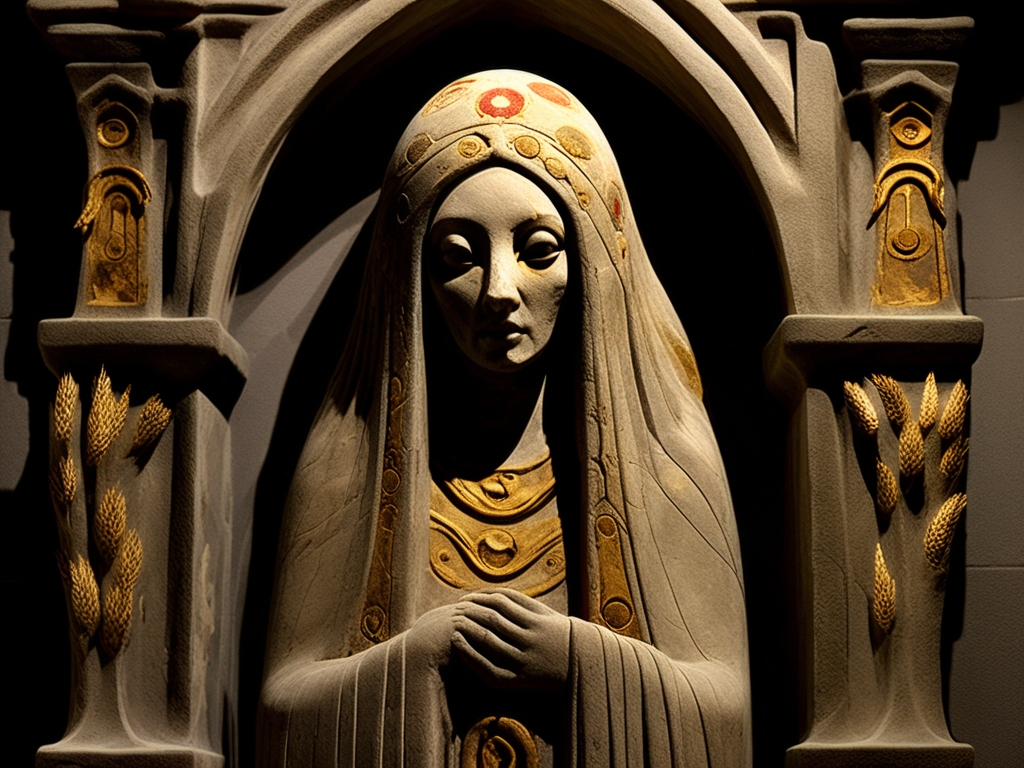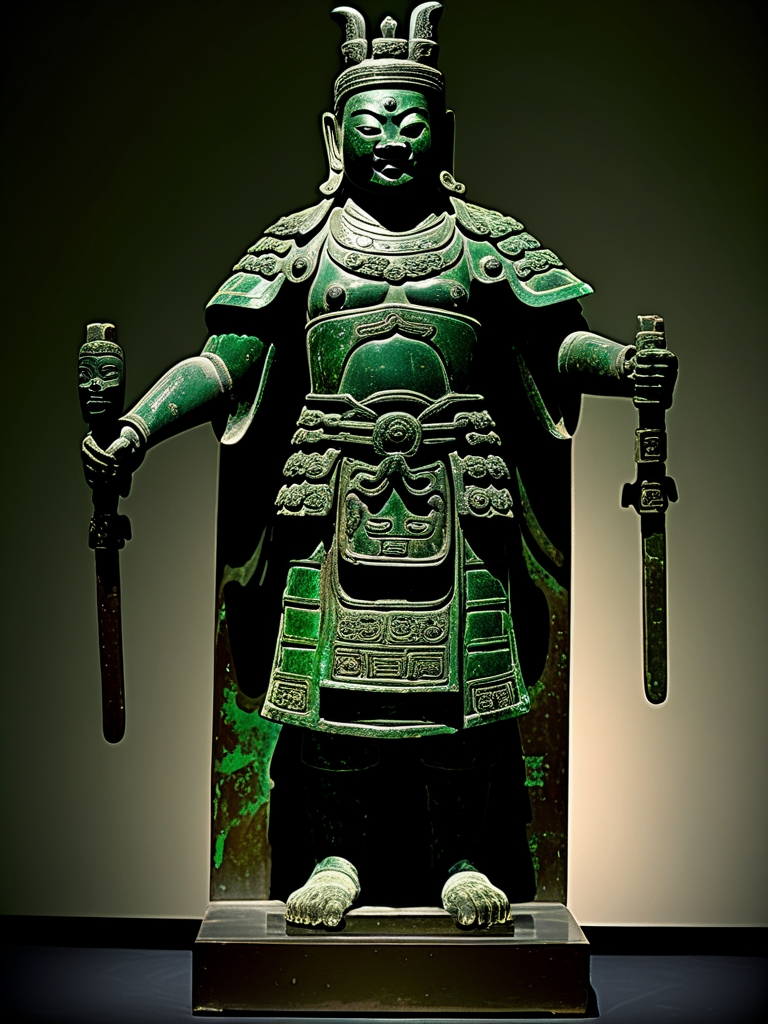The Other City
Never has an artist been so haunted by a place. Did his imagination ran too wild? Or was it something else?
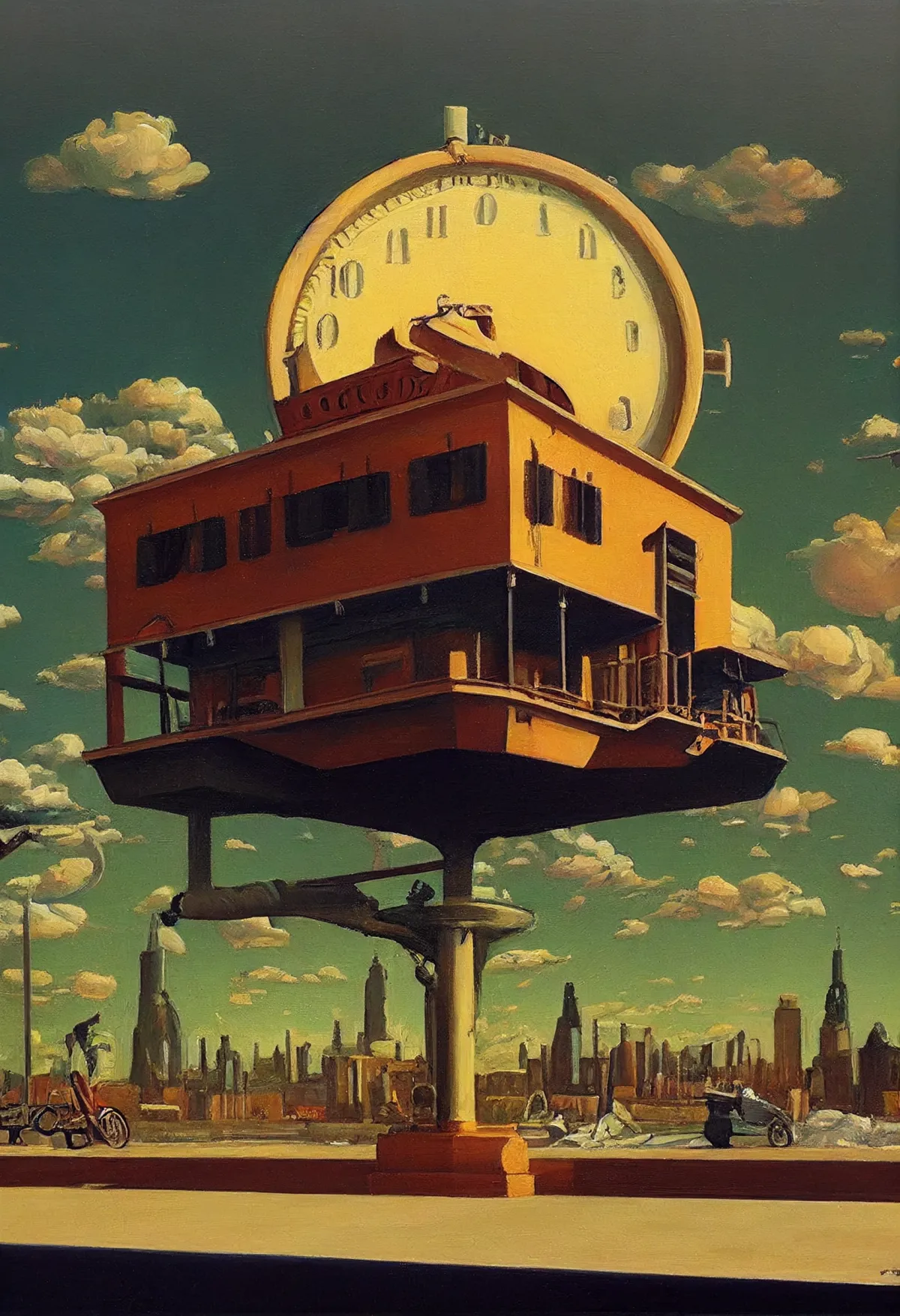
American artist Daniel Baumann produced a lot of iconic masterpieces during his long career, but this painting will always stand out as the one time he left his realist style behind to explore a more uncanny direction. The Floating Diner also represents a big turning point in the artist's career and personal life.
The painting showcases Baumann's unique sensibility for urban landscapes. His masterful use of the light adds to the magic of the composition: this impossible building seems to gleam under the sun. We can almost feel the warmth of an urban summer afternoon.
Baumann always talked about The Floating Diner as a real place, and grew irritable when peers and art critics insisted in placing the piece within the realms of surrealism.
I paint from memory, not from wild imagination.
- Daniel Baumann
While he worked on his canvas, Daniel Baumann spent the whole summer of 1943 wandering the streets of New York. He retraced his steps time and again, determined to return to The Floating Diner. He never did.
After Baumann ended in a hospital due to exhaustion and an almost deadly heatstroke, his close friends used sculptress Martina Ellis's artist retreat as an excuse to take him away from the city. They hoped distance would clear the painter's mind, and help him forget about The Floating Diner and what he called "the other city".
They succeeded. Daniel Baumann spent two extra months in Ms. Ellis's country house outside Woodstock NY after the rest of her guests had gone. By the end of the year, Baumann and Ellis were husband and wife.
The artist reignited his career, although he abandoned the urban motif for good. He also refused to set foot in New York City ever again. He enjoyed great success until his passing in 1993, at the age of 82, but both his style and personality changed dramatically after The Floating Diner. In the words of his widow:
Martina Ellis: Daniel was always quite wonderful, so kind and so full of talent. But when we met again that summer, his pep was gone. He carried that same melancholy that seeped into his paintings until the day he died. I remember a critic calling one of his canvases "wistful to the verge of tears". That sums it up very well.
Susan Vreeland: What do you think caused this change?
M.E.: I always thought his imaginary "other city" represented the life he truly wished to have lived, but never manifested. I loved Daniel very much, and I believe, or I wish to believe, that I helped him reach some degree of contentedness. But I knew there was always something missing.
Extract from "Heart to Art", episode 15 (1997)
In 2008, one year after his mother's passing, Owen Baumann-Ellis found an ink sketch pressed between the pages of his father's favorite novel The End of Eternity. He recognized the drawing style right away, but not the handwriting on the back of the paper. It read:
Give this to me tomorrow.
-Elsie.
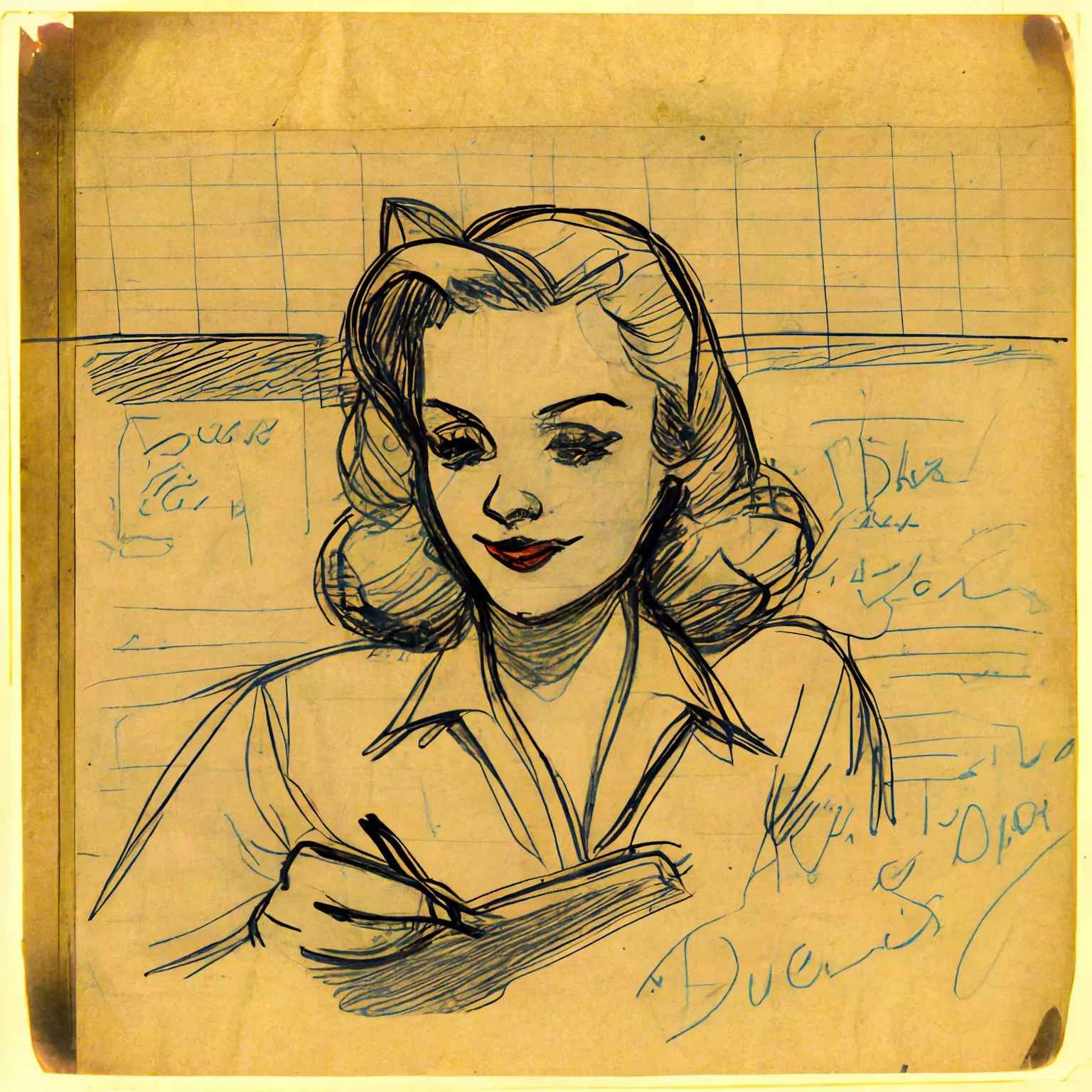
To this day, none of Daniel Baumann's living relatives or friends has been able to identify the woman in the picture.
Elsie, just as the Floating Diner, remains a mystery that might or might not have existed outside an artist's mind.

